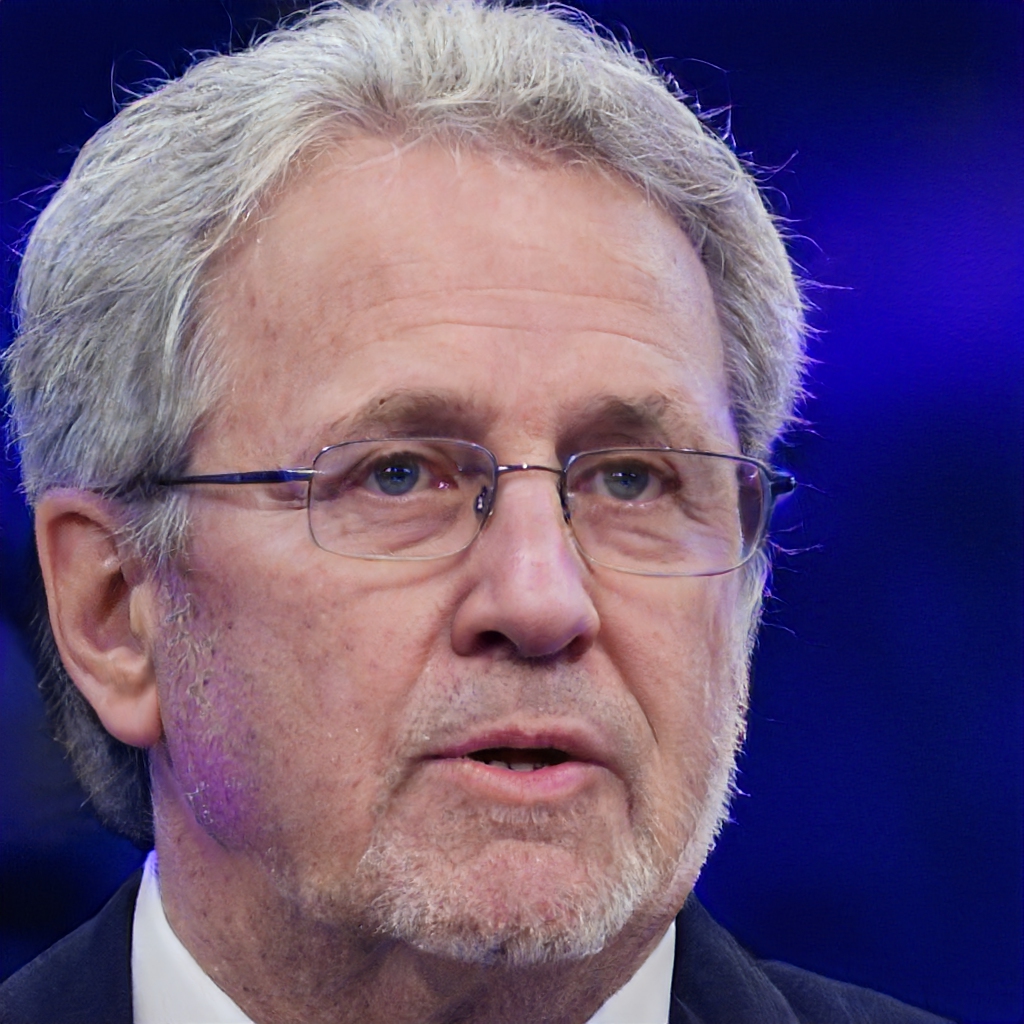Your oral health is of utmost importance to us, ensuring your smile shines bright.
See the world clearly, protect your vision with proper eye care.
Book a Free Consultation


Committed To Eye Care Excellence
At Focus on Allergies, we are committed to delivering excellence in eye care, with a particular focus on retinal diseases. Our dedicated team of experts understands the complexities and significance of retinal health, striving to provide comprehensive and cutting-edge treatments for patients facing retinal eye conditions. Whether you are experiencing retinal damage symptoms or require specialized care for retinal detachment, our skilled retinal specialists are here to guide you every step of the way. Equipped with advanced diagnostic technologies and extensive experience, we offer personalized treatment plans tailored to your unique needs. Rest assured that your retinal health is our top priority, and we are dedicated to delivering the highest standard of care to help preserve your vision and enhance your overall eye health.
Contact Us Today for FREE Consultations
Contact today for FREE eye care consultations, ensuring your vision receives the expert attention it deserves.
Our Procedures
Our comprehensive range of procedures focuses on treating various retinal eye diseases. From diagnosing retinal damage symptoms to offering advanced retinal detachment treatments, our team of specialized retinal specialists is dedicated to delivering personalized care. Trust us to restore and safeguard your vision with expertise and cutting-edge treatments.

Retinal Eye
Preserve the window to your soul – care for your retinal eye health.

Retinal Damage Symptoms
Recognize the signs: Early detection of retinal damage symptoms paves the way for timely intervention and better eye health.

Retinal Detachment Treatments
Advanced treatments for retinal detachment, restoring vision and preserving eye health with expertise and precision.

Retinal Specialist
Trust the expertise of our retinal specialists to provide exceptional care for your vision and retinal health.

Glaucoma Surgery
Regain clarity with effective glaucoma surgery, ensuring your vision remains bright and protected.

Glaucoma Treatment
Empower your eyes with effective glaucoma treatment, preserving your vision and ensuring a brighter future.
Happy Stories

I suffered from severe allergies that affected my eyes, but thanks to the exceptional eye care at “Focus on Allergies”, I found relief. Their focus on allergies and personalized treatment helped me regain clear, comfortable vision.
Christopher C. Claxton

As someone with sensitive eyes prone to allergies, finding the right eye care was crucial. “Focus on Allergies” exceeded my expectations with their dedicated focus on allergies. Their expertise and tailored approach have improved my eye health significantly.
Caryn A. Warden

Living with constant eye allergies was challenging until I discovered “Focus on Allergies”. Their unwavering focus on allergies and the exceptional care provided by their team have made a remarkable difference in managing my symptoms. I highly recommend their services for anyone seeking relief from eye allergies.
Mark Martinez
Transform your vision, exceptional eye care at affordable prices.
Experience impeccable eye care and exceptional vision in the most affordable way possible, ensuring your eyes shine with health and clarity.
